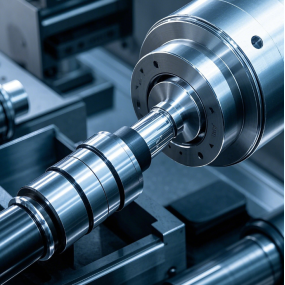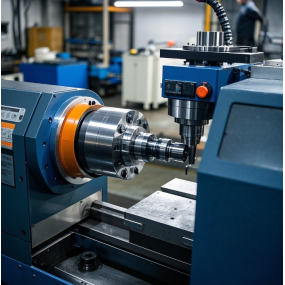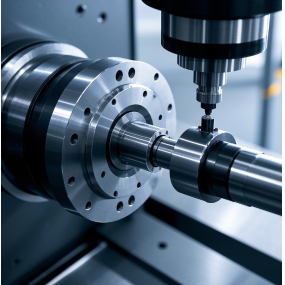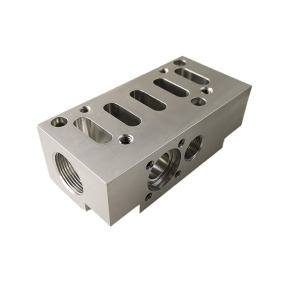What are the material requirements for precision parts processing? Precision machining, not all materials can be precision machined. Some materials are too hard, exceeding the hardness of the machined parts, and may collapse the parts, so these materials are not suitable for precision machining, unless it is a part made of special materials, or laser cutting. For precision parts processing materials are divided into two categories, metal materials and non-metallic materials. For metal materials, the hardness is the largest stainless steel, followed by cast iron, followed by copper, and finally aluminum. The processing of ceramics, plastics, etc. belongs to the processing of non-metallic materials. 1. The first is the requirements for the hardness of the material. For some occasions, the higher the hardness of the material, the better, but it is limited to the hardness requirements of the processing parts. The processed material cannot be too hard. If it is harder than the machine parts, it cannot be processed. 2. Secondly, the material is moderately soft and hard, at least one grade lower than the hardness of the machine parts. At the same time, it also depends on the function of the processing device, and the material selection of the machine parts is reasonable. In short, there are still some requirements for the material of precision parts processing, and not all materials are suitable for processing. For example, materials that are too soft or too hard, the former is not necessary for processing, and the latter cannot be processed. Therefore, the most basic one is to pay attention to the density of the material before processing. If the density is too large, it is equivalent to a high hardness. If the hardness exceeds the hardness of the machine part (lathe tool), it cannot be processed. It will not only damage the parts, but also cause danger, such as the tool falling out and hurting people. Therefore, in general, for mechanical processing, the material material should be lower than the hardness of the tool, so that it can be processed.
Hello! Welcome to EMAR's website!
 English
English » »
» »
 Spanish
Spanish Arabic
Arabic Spanish Basque
Spanish Basque Portuguese
Portuguese Belarusian
Belarusian Japanese
Japanese Russian
Russian Icelandic
Icelandic Bulgarian
Bulgarian Azerbaijani
Azerbaijani Estonian
Estonian Irish
Irish Polish
Polish Persian
Persian Boolean
Boolean Danish
Danish German
German French
French Filipino
Filipino Finnish
Finnish Korean
Korean Dutch
Dutch Galician
Galician Catalan
Catalan Czech
Czech Croatian
Croatian Latin
Latin Latvian
Latvian Romanian
Romanian Maltese
Maltese Malay
Malay Macedonian
Macedonian Norwegian
Norwegian Swedish
Swedish Serbian
Serbian Slovak
Slovak Slovenian
Slovenian Swahili
Swahili Thai
Thai Turkish
Turkish Welsh
Welsh Urdu
Urdu Ukrainian
Ukrainian Greek
Greek Hungarian
Hungarian Italian
Italian Yiddish
Yiddish Indonesian
Indonesian Vietnamese
Vietnamese 简体中文
简体中文 Haitian Creole
Haitian Creole










